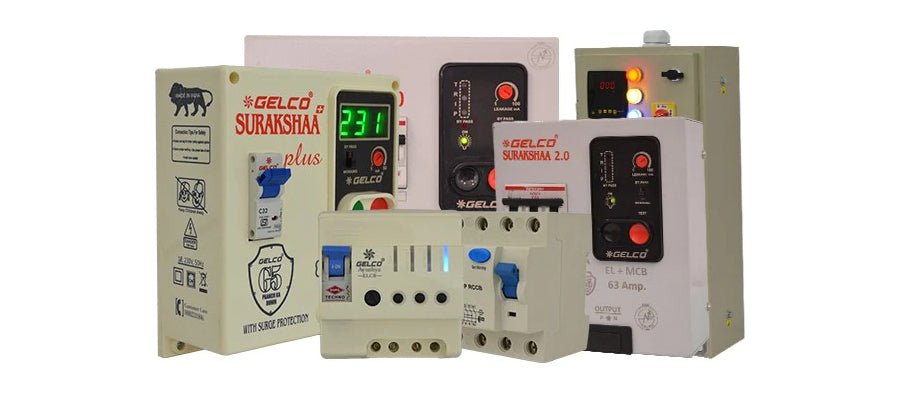Circuit Switch: Functions & Application
The Circuit Switch is an electric device, in the form of a switch designed to power on/off the circuit to interrupt it in the presence of a faulty current. In the situation of current leakage, the switch gets activated to interrupt and protect the circuit and the devices connected to it. Hence, securing the circuit and other electronics from any possible damage. The switch is capable of high-speed reactions in opening and closing the circuit to provide just-in-time protection to your devices. Also, based on your budget and personal choice, you can choose manual as well as automated switches.
While the primary function of a Circuit Switch is to protect the circuit and the devices attached to it. But it comes with multiple other functions, they are:
Protection: As mentioned above the main function of a Circuit Switch is to provide protection to the circuit and all the electric devices connected to it. The switch is capable of detecting any possible failures in the distribution line and protecting other devices from any damage. Common failures in the distribution line could be any abnormal condition rising from an overcurrent or short circuit. This helps eliminate any possibilities of downtime and the cost of replacement.
Control: In addition to providing protection to the circuit, it is also used for controlling the flow of electric current in a circuit. Like any other normal switch, the Circuit Switch too can be used to control the flow of electric current in a circuit by switching it on and off. Also, you can use the switch to determine the specific areas of an electric system to allow the current to pass through it or not. This helps improve the efficiency of the power distribution network.
Fault Detection: The fault detection function enables a circuit switch to sense any faults in an electric circuit through the embedded sensors and reacts accordingly. For instance, in case of an overcurrent, it detects the fault and reacts to it by isolating the devices connected to that circuit. In this manner, it provides protection against any damages and also improves the efficiency of the electric systems.
Isolation: As mentioned in the above point, the circuit switches hold the capacity to react to various faults. Isolation of components in one primary function to provide due protection. The isolation component is not only restricted to providing protection but can also be manually managed if you want specific devices to get power and not others. It is not only limited to isolating devices but also, a part of the circuit too can be isolated from the other part that is experiencing overcurrent.
Applicability
The circuit switch is applicable mostly in electric distribution systems where they protect electrical equipment from damage or control the flow of current. Based on the functionality, some of the common applications include Load Switching in mostly transformers and electric motors to turn on and off current, Fault Protection, Transfer Switching in sensitive areas such as data centres and hospitals to transfer loads from one power source to another without interfering the circuit, Busbar Protection to isolate busbars from short circuits & overload, and in providing full protection and control in renewable energy sources.
For optimum safety and functionality, choose a quality switch based on its functionality and applicability. Gelco Electronics strives to help you make the right decision by providing quality products and services.















